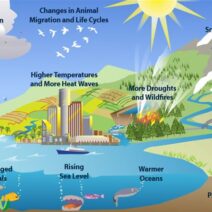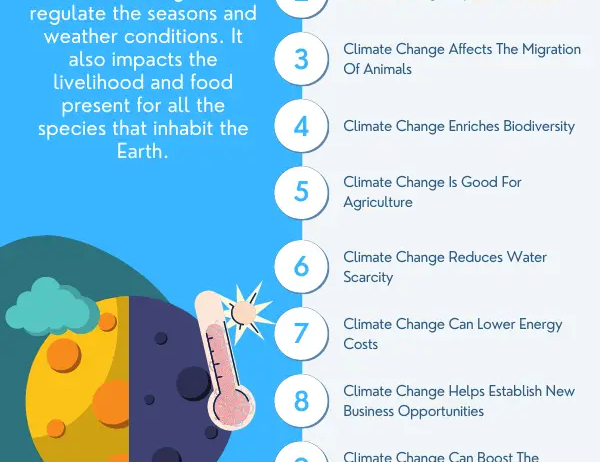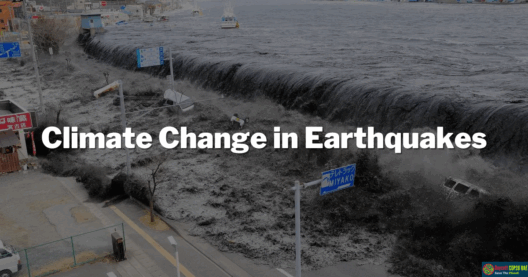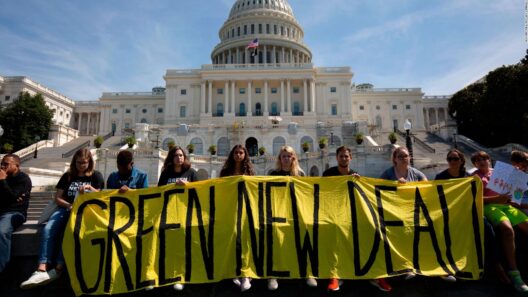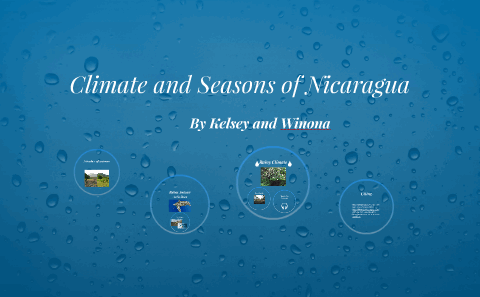Climate change, in its relentless march across the globe, is akin to an ancient sculptor, etching irreversible patterns into the very fabric of our environment. Among the myriad consequences unleashed by this phenomenon, the most significant may be the escalating frequency and severity of extreme weather events. This alarming trend is not a distant threat—it’s a stark reality unfolding before our eyes, with ramifications that resonate profoundly across societies and ecosystems alike.
Extreme weather events can be viewed as the Earth’s fever, a telltale sign of an ailing planet. The rising temperatures are akin to a boiling pot, bubbling over as heat waves scorch the land, droughts parch once-lush vistas, and hurricanes unleash their fury with unprecedented vigor. These events disrupt our climate’s delicate balance, altering precipitation patterns and intensifying storms. This turmoil is more than just an inconvenience; it devastates communities, pulverizes livelihoods, and exacerbates social inequalities.
As oceans warm, the threat of hurricanes magnifies. These tempestuous storms, once manageable, now burgeon with the strength of nature’s wrath, fueled by warmer waters. Irrefutably, the devastation wrought by hurricanes like Katrina and Sandy serves as a somber reminder of what awaits if climate change continues unchecked. The cost—both human and financial—is staggering. Families lose homes, businesses falter, infrastructure crumbles, and governments scramble to respond to the chaos. Indeed, the societal pressure and strain on emergency services create an almost Sisyphean effort to combat the consequences of our changing climate.
Moreover, droughts are becoming more prevalent, a grim testament to the fickle nature of weather patterns. Once-fertile lands are rendered barren, agricultural yields plummet, and food security hangs in the balance. This phenomenon extends beyond borders, engendering global hunger crises and spurring conflicts over dwindling resources. The specter of famine looms ominously, as millions face the grim reality of insufficient sustenance. It is a poignant irony that while some regions grapple with excess water, others desperately thirst for it. The disparity exacerbates existing inequalities, creating a chasm where hope used to flourish.
On another front, the repercussions of climate change can be manifest in the tale of wildfires that ravage landscapes, consuming forests, wildlife, and entire communities in fiery arcs of destruction. As temperatures escalate, so too does the tinderbox of our environment. These infernos, reminiscent of nature’s display of fury, denude ecosystems and render vast areas uninhabitable. The smoke billows not just as a physical manifestation of the destruction; it symbolizes a collective memory of what once was, haunting the communities left grappling with the aftermath.
The interconnectedness of these extreme weather events emphasizes a crucial point: they serve as harbingers of the greater shifts occurring within our climate system. The amplifying effects of climate change are akin to dominoes falling in succession; one event triggers another, leading to an ever-compounding catastrophe that knows no boundaries. The cascading consequences—land degradation, loss of biodiversity, and disrupted livelihoods—permeate every facet of life. It is a clarion call for humanity to awaken to its responsibilities.
Understanding the criticality of these weather phenomena cannot be overstated. It is imperative to acknowledge not only their immediate impacts but also the long-term ramifications that threaten global stability. We stand at a pivotal juncture, where the need for progressive action is not merely an environmental concern but an existential one. Our very survival hinges on how we address these changes now. Ignoring the warnings is akin to ignoring the signs of a brewing storm; it only invites disaster.
The importance of addressing climate change extends further into the realm of public health. As extreme weather events amplify, so too do health risks. The interplay between rising temperatures and air quality, for instance, fosters conditions conducive to respiratory diseases. Heatwaves pose direct risks to vulnerable populations, particularly the elderly and those with preexisting conditions. The correlation between climate change and disease proliferation cannot be overlooked; mosquitoes and ticks, carriers of untold diseases, thrive in warmer climates, expanding their range and inviting new public health challenges.
When reflecting on such grave concerns, a potential glimmer of hope emerges. Each of us carries the power to mitigate these effects. The collective action of individuals, communities, and governments can reverberate through the fabric of society. Transitioning to renewable energy sources, advocating for sustainable agricultural practices, and supporting policies aimed at climate justice can pave a path toward recovery. These choices, while daunting, are imperative in rewriting our narrative. Each positive action symbolizes a defiance against the tide of despair.
In conclusion, climate change’s most salient consequence—the increase in extreme weather events—stands as a harbinger of extensive repercussions that threaten our livelihoods, ecosystems, and future generations. It is not merely a scientific observation but a stark reality that calls for urgent action. The time to act is now. By galvanizing efforts and unwaveringly championing environmental resilience, humanity has the capacity to forge a brighter, more sustainable future amid the chaos. The sculptor—our planet—awaits our deft hands to mold a thriving landscape rather than a desolate void. We owe it to ourselves and the world to ensure that the story of our existence is not one of devastation but of renewal and hope.


